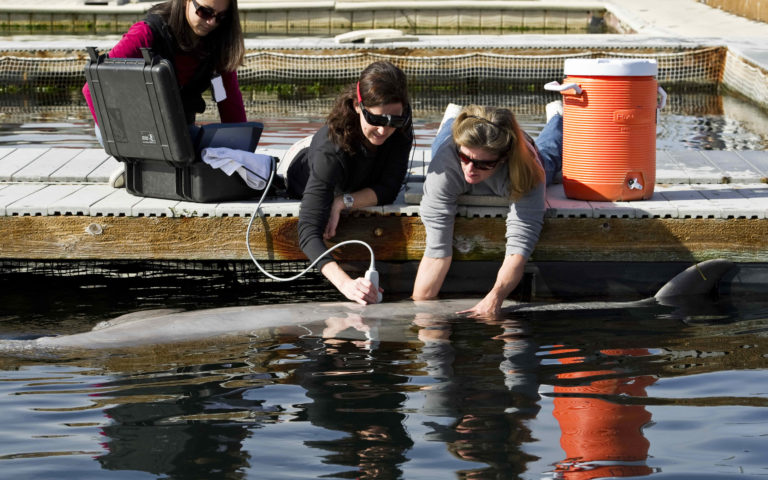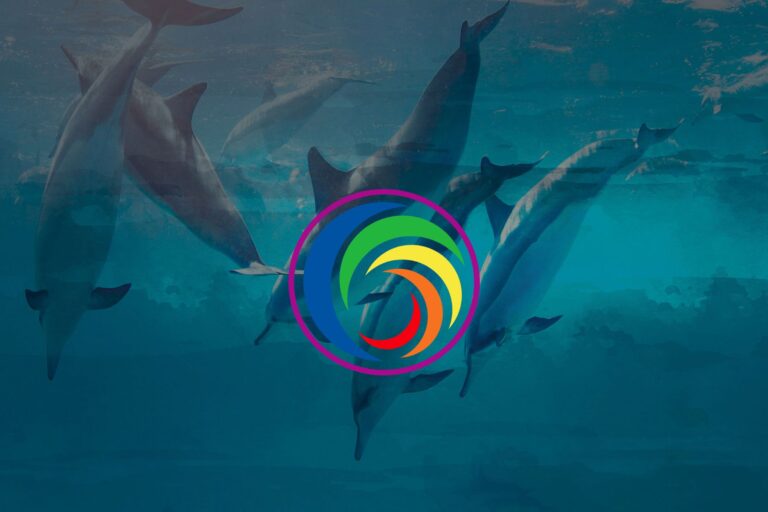The Acoustical Society of America (ASA) is the largest international organization of academic, government, and industrial acousticians in the world.
Founded in 1929, the ASA holds meetings twice a year at different locations around the world. At these meetings, acousticians gather to discuss all things related to sound. Members of the society study psychological acoustics, physiological acoustics and hearing, architectural acoustics, biomedical acoustics (e.g. ultrasound), engineering acoustics, musical acoustics, computational acoustics, speech and communication, underwater acoustics, noise, and animal bioacoustics, among other areas of focus. The organization not only promotes the dissemination of acoustic research to the public and within academic, government, and industrial circles, but is important in developing national and international standards related to acoustics. For example, standards have been developed for the design of hearing aids, methods of performing hearing tests, limits on acceptable noise in classrooms, methods for evaluating mechanical noise and vibration, and so on. More information on ASA’s involvement in standards development can be found here. The society is also heavily involved in advancing education as it relates to acoustics, as well as providing expertise on the development of governmental policies related to sound.
Why is ASA important to the National Marine Mammal Foundation?
The ASA is the meeting ground where individuals studying ocean noise and marine mammal hearing and sound production exchange information, ideas, and research results. Ocean noise has become a major concern for marine mammals, most of which rely heavily on sound for communication, navigation, foraging, the avoidance of acoustic predators (e.g. killer whales), and either avoidance of or attraction to human activity. Scientific information shared at these meetings is critical to helping manage the impacts that human-caused ocean noise have on marine mammals. The issues are critical for some species, such as the northern right whale, which is critically endangered and communicates at low frequencies that overlap with shipping noise. Shipping noise is the most pervasive form of ocean noise with tens of thousands of shipping vessels operating around the world, 24-hours of the day. Other types of human-caused noise that can affect marine mammals include seismic surveys (for oil and scientific research), military and recreational sonars, recreational and whale-watching boats, and underwater demolitions and construction. In addition to helping NMMF scientists consolidate the best available scientific information on ocean noise issues and its impacts on marine mammals, the exchange of information provides a better overall understanding of how marine mammals use sound to make a living in the ocean. This too is critical to NMMF overall conservation efforts.
Many NMMF employees are members of ASA. They regularly attend ASA meetings and present scientific findings from their own research.
NMMF scientists have served as technical experts for the ASA and have chaired committees for the development of standards relevant to marine mammals. Several NMMF employees have been made Fellows of the Acoustical Society, an honor acknowledging a commitment and contribution to the field of acoustics. One NMMF employee has received the R. Bruce Lindsay Award from ASA, which is an award given each year to a scientist under the age of 35 that has “has contributed substantially, through published papers, to the advancement of theoretical or applied acoustics, or both.”
This past December, six NMMF scientists presented seven research papers on marine mammal bioacoustics at the ASA meeting in San Diego, CA. We are proud that one of our own, Ms. Madelyn Strahan, a Research Associate at the NMMF, received the best student paper in Animal Bioacoustics for her research demonstrating how the loss of hearing in dolphins affects the manner in which they produce echolocation sounds. Like humans, dolphins lose their hearing as they age, or may lose hearing due to other causes (e.g. trauma, disease, noise exposure). Dolphins lose their high-frequency hearing as they age. As a result, they tend to shift the sounds they produce for echolocation downward toward the frequencies that they better hear. Similar types of behavior have been observed in other species of marine mammals when in the presence of noise that overlaps and interferes with the hearing of their communication signals. The frequencies of the signals are shifted to minimize overlap with the interfering sound. The finding by Ms. Strahan, who recently obtained her Master’s degree from Sonoma State University, is one more demonstration of how wildlife adapts to changes, some of which might be caused by humans.
In the NMMF’s goal to conserve and protect marine mammals, we strive to be on top of the best available science for making management decisions. We aim to provide government decision makers with information that better enables them to create effective conservation policy and develop plans for mitigating the impact of human-caused sounds on marine mammals. To this end, professional scientific meetings, like those held by ASA, will remain an important tool used by NMMF scientists to be at the cutting-edge of marine mammal science and conservation.





